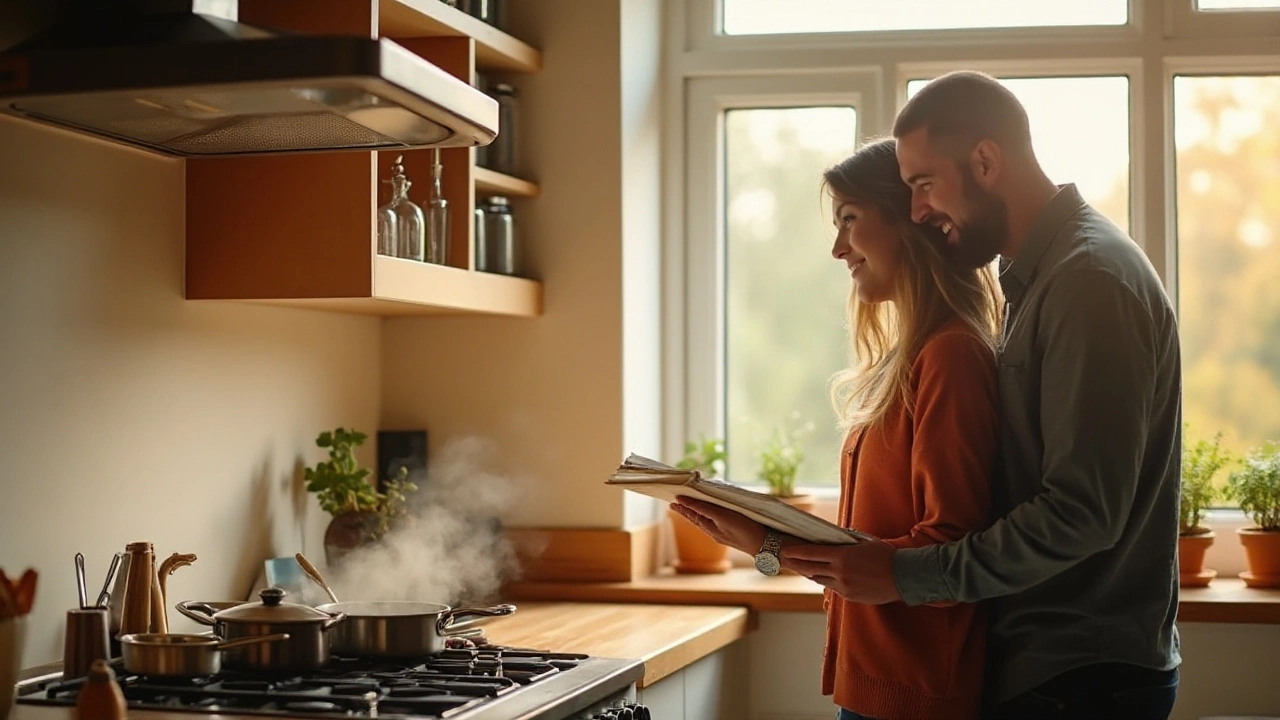Kitchen Fan Regulations: A Practical Guide for Homeowners
If you’ve ever wondered whether your kitchen fan meets the rules, you’re not alone. A lot of people think the fan is just a convenience, but it’s also a safety device. In the UK, the law says kitchen ventilation must remove heat, steam, and cooking fumes efficiently. Ignoring these rules can lead to damp, mold, or even fire hazards. Below you’ll find the basics you need to keep your fan legal and your kitchen healthy.
Why Regulations Matter
First, the Building Regulations Part F covers ventilation. It requires any cooking area to have a means of extracting polluted air. The rule isn’t just a suggestion – it’s mandatory for new builds and major renovations. If you’re renting, landlords must also follow it, otherwise they could face a breach notice.
Second, health and safety rules protect you from indoor air quality problems. When a fan works properly, it reduces humidity and removes grease particles that can damage walls and appliances. Poor ventilation can cause respiratory issues and worsen allergies. That’s why the regulations focus on the fan’s capacity, location, and noise level.
Getting Your Fan Up to Code
Start by checking the fan’s extraction rate. The rule of thumb is that a kitchen fan should move at least 15 litres per second (L/s) for every square metre of floor space, up to a minimum of 30 L/s. Look for the rating on the fan’s label or in the manual. If you can’t find it, a qualified electrician or installer can measure it for you.
Next, verify the positioning. The fan must be installed above the cooking area, ideally centered over the hob. It should be at least 600 mm away from any wall or cupboard to allow proper airflow. If the fan is too low, steam and grease will settle on surfaces instead of being pulled out.
Noise is another part of the regulations. While there’s no strict decibel limit, the fan should operate quietly enough not to disturb everyday life. If you’re hearing a constant loud hum, it might be undersized or installed incorrectly.
Don’t forget the ductwork. The extraction duct must be airtight, insulated where it passes through cold spaces, and it should discharge air outside – not into a loft or neighbouring property. A straight duct with minimal bends works best; each bend reduces the fan’s efficiency by about 10 %.
Finally, keep records. When you hire a professional, ask for a compliance certificate. This document shows the work meets Part F requirements and can be useful for future property sales or insurance claims.
In most cases, a quick visual check and a look at the fan’s specs will tell you if you’re on track. If anything feels off – low airflow, strange smells, excess condensation – it’s worth calling a certified installer. They can adjust the fan, replace the duct, or suggest a more powerful model that still fits the space.
Staying on the right side of kitchen fan regulations isn’t just about avoiding fines. It’s about keeping your kitchen comfortable, safe, and energy‑efficient. Follow these steps, and you’ll have a fan that does its job and keeps you out of trouble.

Do I Need an Extractor Fan in My Kitchen? Legal Requirements and More
Having a proper ventilation system in the kitchen is crucial for maintaining a healthy home environment. This article explores the legal requirements for extractor fans, delves into various health and safety considerations, and offers practical tips for effective kitchen ventilation. Readers will find guidance on what to do if they lack an extractor fan and how to manage maintenance and repairs. Understanding the importance of kitchen extractor fans helps homeowners make informed decisions that enhance their living spaces.